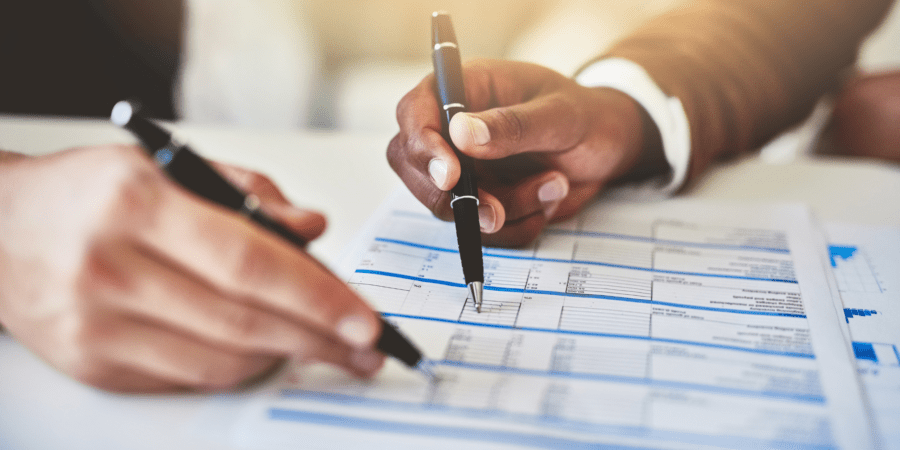In general business speak, there’s a good chance you use the words asset and expense interchangeably. In accounting terms, however, assets and expenses are distinctly different. They’re coded separately in your books and represented differently on your tax return. Understanding the difference of assets vs. expenses will have important implications for your business taxes.
What’s the difference between an expense and an asset?
When we refer to assets vs. expenses, we’re referring to anything your company purchases in order to do business. It could be as small as a package of pens, or a big-ticket purchase, such as a vehicle or electronic equipment. What we’re not talking about here is real property (e.g. your office, land, etc.). While property is considered an asset, it’s handled differently for tax purposes and doesn’t fit into our example.
In order to distinguish between an expense and an asset, you need to know the purchase price of the item. Anything that costs more than $2,500 is considered an asset. Items under that $2,500 threshold are expenses.
Let’s say your business spent $300 on a printer and $3,000 on a copier last year.
The $300 printer is an expense. You deduct the purchase price of the printer in the year that you made the purchase. Don’t forget to keep track of toner and ink expenses, too!
The $3,000 copier is considered an asset. You don’t take a $3,000 deduction in the year you bought the copier, but instead depreciate its value over time. You’ll deduct 1/7th of its value each year for the next 7 years. That said, there are always exceptions. Depreciation can be accelerated, and your CPA will be able to help you determine whether that’s a good option. You’ll want to keep your receipts for both purchases, but your accountant will need the copier receipt to create the depreciation schedule.
A common mistake is that a business makes a big purchase, like the $3,000 copier, and plans to deduct the total purchase price in the tax year. As you can see, planning to deduct $3,000 instead of about $430 can throw off your tax planning. Imagine how the consequences of this misunderstanding blossom with larger purchases—what if you had purchased a $100,000 business vehicle and planned to deduct that total amount?
Looking for more examples of the differences between assets and expenses? Check out this post, where we cover common expenses, business equipment, patents, and more.
How to track expenses
Once you have an understanding of the differences between an asset and expense, you will want to make sure that they are correctly categorized and properly reported in your books. A cloud-based expense tracking app is an essential tool for small businesses. An app such as Expensify allows business owners to automate expense reporting, and simply scan receipts from any mobile device to be automatically reported in the books. Cloud-based accounting apps can save small business owners valuable time by eliminating manual double entry. Most importantly cloud-based apps will ensure you don’t miss out on any valuable tax deductions at the end of the year. While a few pens and paper, or office snacks may not sound like much at the moment, those expenses can really add up; meaning more money stays in the business come tax time.
Misunderstanding the difference between expenses and assets is one of the four most common mistakes we see business owners making when it comes to expenses. Download our free comprehensive guide to understand the top small business tax deductions, and expenses to track that will leave you feeling relieved this tax season. Please reach out to us with questions or schedule a meeting at our CPA firm HQ in Jacksonville, Florida.


